Schedule a Call Back
How can SMEs be big and effective?
 Technical Articles
Technical Articles- Sep 01,17

Ranabir Chakraborty analyses the impact of GST on SMEs in lead acid battery industry and provides probable strategies for their survival.
The Indian lead acid battery market, which is around Rs 35,000 crores per year market now, can be divided in to three groups - big players, next level and small players.
In big players group, there are two, Exide Industries and Amara Raja Batteries who can be termed as giants. These two companies, who garner about Rs 14,000 crores per year, have access to technologies from the best companies of the world and have all India marketing & service network. Most companies in India try to emulate them in quality and cost. The companies have the best equipment from world over with high productivity and with inbuilt consistency and quality. They also supply to major OEMs who ensure that they follow best procedures by frequent audits.
The next level group has around 35-40 companies, contributing around Rs 11,000 crores in total. Some of them have good technology and make good quality products. Many depend on experienced battery technologists to improve and grow. Majority of them focus on inverter battery, and now on solar and e-rickshaw batteries, besides automotive and motorcycle batteries, motive power, VRLA etc. Some of these companies also depend on government business such as railways, defence, state transport, solar installations. But not all of them are doing well and are vulnerable and may either be taken over or get closed.
Some of them have sister units and had been doing business in cash. Many have smelting units along with battery plants. This level, if it needs to be big and effective, they need to grow and also improve on their current technology. Some of these have been in tax free zones, such as Himachal Pradesh and Uttranchal. With GST, benefits enjoyed by units in these zones have ended and they have lost their edge over big players. So they surely need to improve, to be in existence.
Small players group, or the unorganised segment, consist of around 4,000 companies and has a turnover close to Rs 10,000 crores - that is around 28% market share - mostly with cash sales and without any duty and taxes, which actually created the difference for sale. Sales were mostly in the vicinity of the units. The batteries made by them are much heavier for the capacity delivered compared to other players. These units employed between 10 to 50 people with low-cost local machineries and manual operation. Interestingly, some of them also have equipment which they do not need to use. Some of them also use various expensive additives, and raw materials, which are not needed. Lack of knowledge and not getting right persons to advise are main cause. With GST and Rs 20 lakhs limit, these units are facing big challenges as they cannot sale on price difference anymore. Other players are now looking at this market as many are expected to close down.
Tips for success
Inspite of adverse conditions, there are still ways and means by which some of the small players can survive. Given below are some of them:
Eliminate ‘fat’: Most of these units have very inefficient operation with high WIP (work in progress) – ie items are procured or produced with no immediate consumption. A lead acid battery takes around 8-10 days to make from lead/alloy ingots as input to charged battery for sale. If these units follow JIT (Just In Time), the money can roll many times over in a year. The ‘fat’ of inventory is eating into their margins. Most Chinese companies work on strict control of material in various stages, based on order/demand. That way they can operate on much lower margins. From ore to battery, petrochemicals to plastics all operate in JIT. Once an order is executed the shop has no material left.
Improved product: While one cannot match weight reduction achieved in continuous plate making process like expanded or punch grid technology, small players can use better equipment & design to make products of improved quality and low weight. However, this calls for Investment which many will not be able to do. In order to be effective, just like big companies, the fixed cost has to be divided in more products. So they need to expand.
Formation of clusters: In many places, small scale production units are not far off from each other. These units can make clusters or join hands and utilise common resources and bring down production cost. If say six units form a cluster (where two units make plates, two units makes assembly and two units make charging and finishing) by combining their resources and transferring equipment among themselves, they become much bigger and have more muscle to fight and exist. When back is on the wall, owners of such units should look at these options. The GST system makes it possible to credit the vats from interplant transfers. This is the way world works. In Taiwan even small households are part of clusters and able to compete well and survive together.
Use of common brand: One of the drawbacks of small units are that they have to sale within vicinity. Battery is a service oriented product. If there are common all India brand/s , then small players will have presence pan India and customers will get service and even warranty replacement anywhere in the country. For such things to happen, they need help of their federation. Pan India presence can be strong deterrent to being swallowed by big fishes.
Continuous plate making: This is an activity by which cost can be lowered substantially. Some of the next level companies can invest on this for their own use and the surplus can be sold to others. The plants are expensive and need volumes to reduce costs of installation. Small players can not only get to do lower weight product, but also these plates are very consistent with good coverage on both sides to improve corrosion life.
Franchise operation: One method can be by converting the units as charging and packaging station. The finished battery dispatch from one region to another costs more than Rs 5 per kg of battery compared to dry battery. Indian road network is not conducive to fast movement, without obstacle. As such just in time delivery and collection of old batteries need to be done at regions and in even B class cities. With GST the batteries can be charged, packed and dispatched from such charging centres with VAT credits by the original company’s name. This is big advantage of GST.
Be big and effective
The small battery units have ceased to exist in developed countries, and it will happen here in India too. But India is different in many ways. It is not that the only the very big players will exist, but next levels will co-exist for years to come. The options as mentioned above can help the manufacturers to remain in existence for years to come. Some of the units can go for real estate too or become dealers for big players.
Though these strategies are meant for lead acid battery industry, they can be relevant to other industries as well. The term ‘big’ and ‘effective’ is must for surviving post GST, which applies to all businesses having turnover of more than Rs 20 lakhs per year.
Ranabir Chakraborty is a consultant for lead acid battery industry. After working for Exide Industries Limited for 27 years, he retired as President Manufacturing heading operation of all its plants. He was responsible for several green field projects when in Exide like Hosur and Bawal and expanded its other plants with modern technology, including continuous plate making. He is closely associated with MSME sector, having been honoured by them with Life Time Achievement Award last year. He can be reached on email: chakraborty02@gmail.com.
Related Stories
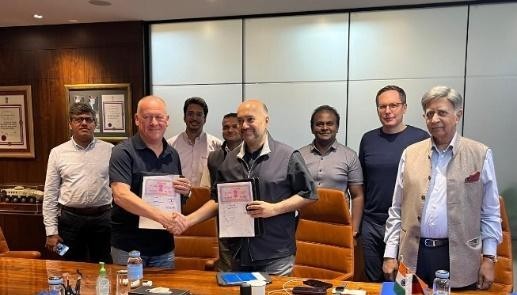
Bharat Forge and Agile Robots sign MoU to Advance AI-Led Industrial Automation
The MoU brings together Bharat Forge’s manufacturing expertise and Germany-based Agile Robots’ AI-led robotics capabilities to accelerate intelligent automation across key civilian industrial se..
Read more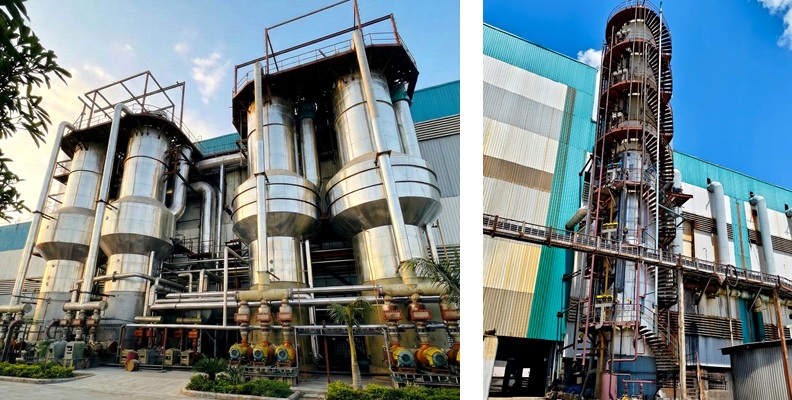
Spray Engineering Devices drives Parag Agro’s 7000 TCD expansion
SED’s phased modernisation programme has enabled Parag Agro to scale sugar production to 7,000 TCD while achieving significant gains in energy efficiency and sustainability.
Read more
Aimtron enters railway signalling with focus on safety-critical electronics
Aimtron Electronics has expanded into railway signalling electronics, leveraging its regulated manufacturing expertise to support safety-critical rail and metro infrastructure in India.
Read moreRelated Products
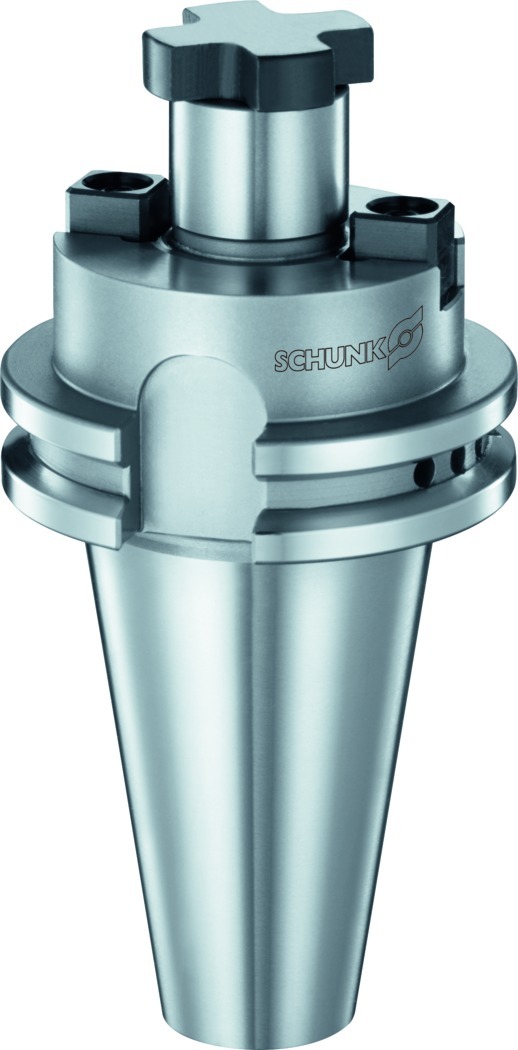
Face Mill Arbors
Schunk Intec India Pvt Ltd offers a wide range of face
mill arbors.
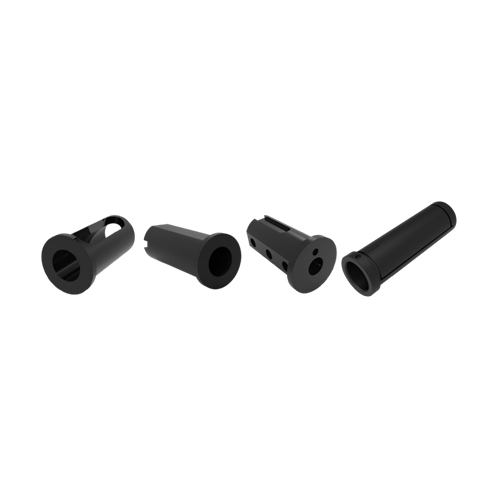
Reduction Sleeves
Prominent Machine Tools offers a wide range of reduction sleeves.
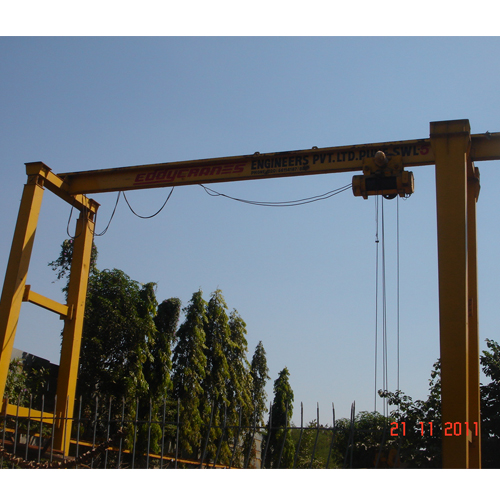
Gantry Goliath Cranes
Eddycranes Engineers (P) Ltd offers a wide range of gantry goliath cranes.












